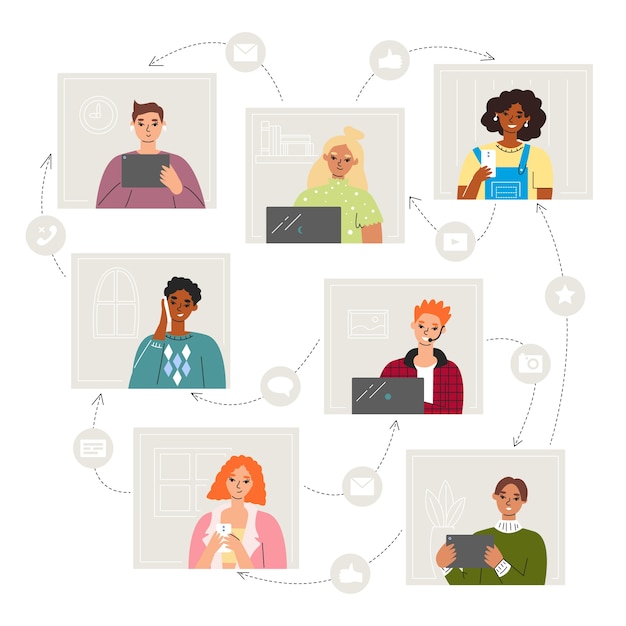Mastering Remote Work with Today’s Leading Collaboration Tools
Published 12:13 pm Monday, December 18, 2023
Sponsored content
Remote work, once an outlier, is now a cornerstone of contemporary corporate culture. The ease brought by technology and global connectivity has paved the way for seamless collaboration across boundaries. Yet, the essence of smooth remote work lies in mastering the right collaboration tools. This article delves deep into understanding these tools, their significance, and their optimum utilization.

Image source: freepik
The Essence of a Remote Team Collaboration Tool
Before diving into the array of tools available, it’s crucial to understand what a remote team collaboration tool is at its core. Essentially, a remote team collaboration tool is a digital platform or software designed to enhance communication, coordination, and project management among team members scattered geographically. It aims to replicate, if not enhance, the collaborative experience of working in a physical office environment.
These tools often address several challenges faced by remote teams:
- Communication Barriers: Making team interactions as effortless as turning to speak to a colleague in the next cubicle.
- Project Tracking: Ensuring every member is updated on the project’s progress and their individual responsibilities.
- Document Sharing & Collaboration: Facilitating the simultaneous working on and sharing of documents without the hassle of endless email chains.
The Landscape of Remote Work
The shift to software for remote team management reflects the adaptive nature of our work culture. While it offers undeniable advantages, like flexibility and global talent access, challenges like time zone differences and potential miscommunication cannot be ignored.
A Glimpse into the Leading Collaboration Tools
- Communication:
Slack offers tailored messaging for teams, while Microsoft Teams goes beyond to provide video conferencing and its seamless integration with Office 365. Zoom, known for its user-friendly interface, has become a staple for video interactions.
- Project Management:
Trello visualizes task management, Asana offers holistic task tracking, and Bordio serves as a comprehensive work operating system.
- File Collaboration:
Google Workspace is synonymous with real-time document collaboration, whereas Dropbox extends its realm with Dropbox Paper. Microsoft OneDrive simplifies collaboration by integrating smoothly with other Microsoft utilities.
Effective Utilization of Collaboration Tools
Unified communication is the foundation: choose tools that meld effortlessly, curbing the chaos of numerous platforms. Ensuring comprehensive training for every team member can amplify efficiency. Periodically revisiting and assessing tool performance is pivotal as evolving teams have shifting needs.
Peering into the Future
The domain of collaboration tools is ever-expanding. Integrations with VR and AR promise more immersive experiences. The infusion of Artificial Intelligence might bring about automation in mundane tasks, and with cyber threats looming large, heightened security isn’t just a preference but a mandate.
Future collaboration tools blend VR, AI, and robust security to redefine teamwork

Image source: freepik
Conclusion
As remote work solidifies its position in the professional world, the art lies in selecting and mastering the right collaboration tools. Understanding their functionalities, instilling best practices, and staying aligned with emerging trends can chart the course for a cohesive remote workforce.

